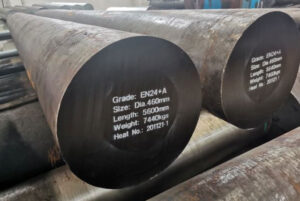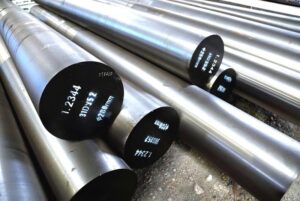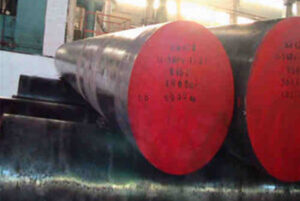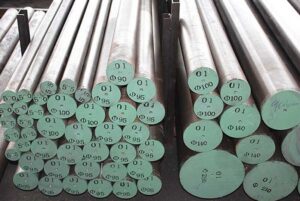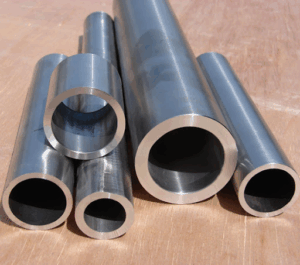Overview
Welcome to the world of Special Steel 316/316L, where excellence meets versatility. Special Steel 316 and its low-carbon variant 316L are austenitic stainless steels, known for their exceptional corrosion resistance, strength, and ability to withstand high temperatures. Whether you’re in the aerospace industry, marine applications, or chemical processing, these steels provide reliable and long-lasting performance.
What makes Special Steel 316/316L stand out? Imagine a material that resists pitting and crevice corrosion even in chloride environments. A steel that maintains its integrity at cryogenic temperatures. Sounds impressive, right? In this comprehensive guide, we’ll dive deep into the nuances of 316/316L, exploring everything from its chemical composition to its mechanical properties, applications, and more.
Let’s get started by unpacking the core details of Special Steel 316/316L.
Chemical Composition of Special Steel 316/316L
The magic behind the performance of 316/316L lies in its composition. These steels are primarily composed of iron, chromium, and nickel, with the addition of molybdenum which enhances corrosion resistance. Here’s a closer look at their chemical makeup:
| Element | 316 (% by weight) | 316L (% by weight) |
|---|---|---|
| Carbon (C) | ≤ 0.08 | ≤ 0.03 |
| Chromium (Cr) | 16.00-18.00 | 16.00-18.00 |
| Nickel (Ni) | 10.00-14.00 | 10.00-14.00 |
| Molybdenum (Mo) | 2.00-3.00 | 2.00-3.00 |
| Manganese (Mn) | ≤ 2.00 | ≤ 2.00 |
| Silicon (Si) | ≤ 0.75 | ≤ 0.75 |
| Phosphorus (P) | ≤ 0.045 | ≤ 0.045 |
| Sulfur (S) | ≤ 0.030 | ≤ 0.030 |
| Nitrogen (N) | ≤ 0.10 | ≤ 0.10 |
The reduced carbon content in 316L minimizes the risk of carbide precipitation during welding, enhancing its corrosion resistance and making it a popular choice for welded structures.
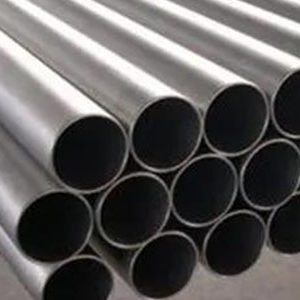
Mechanical Properties of Special Steel 316/316L
Understanding the mechanical properties of 316/316L is crucial for selecting the right material for your application. These properties determine how the steel behaves under various conditions, such as tension, compression, and impact.
| Property | 316 | 316L |
|---|---|---|
| Tensile Strength (MPa) | 515-690 | 485-620 |
| Yield Strength (MPa) | ≥ 205 | ≥ 170 |
| Elongation (% in 50mm) | ≥ 40 | ≥ 40 |
| Hardness (Brinell) | ≤ 217 | ≤ 217 |
As you can see, both 316 and 316L exhibit impressive tensile and yield strengths, making them suitable for demanding applications. The slight differences in yield strength highlight 316L’s enhanced weldability and formability.
Applications of Special Steel 316/316L
Where do we see 316/316L in action? The applications are as diverse as the steel itself. From surgical instruments to marine environments, 316/316L’s properties make it indispensable. Here’s a snapshot of some common applications:
| Industry | Application |
|---|---|
| Medical | Surgical instruments, orthopedic implants |
| Marine | Boat fittings, heat exchangers |
| Food and Beverage | Processing equipment, brewing tanks |
| Chemical | Process equipment, storage tanks |
| Aerospace | Aircraft components, engine parts |
| Architecture | Coastal structures, cladding |
Each application leverages the corrosion resistance, durability, and strength of 316/316L, ensuring safety and performance in critical environments.
Heat Treatment of Special Steel 316/316L
Heat treatment can significantly alter the properties of 316/316L, tailoring it to specific requirements. Here’s a detailed look at the heat treatment processes:
| Heat Treatment Process | Purpose | Temperature Range (°C) |
|---|---|---|
| Annealing | Relieve stresses, improve ductility | 1010-1120 |
| Stress Relieving | Reduce residual stresses | 400-450 |
| Solution Treatment | Dissolve carbides, restore corrosion resistance | 1040-1100 |
Each process is meticulously controlled to achieve the desired balance of hardness, strength, and ductility.
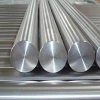
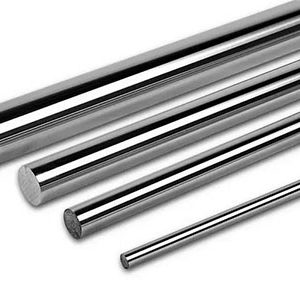
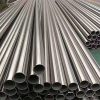
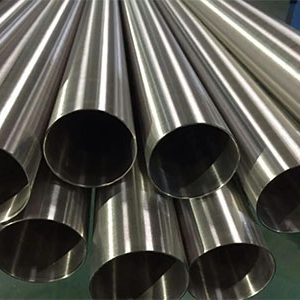
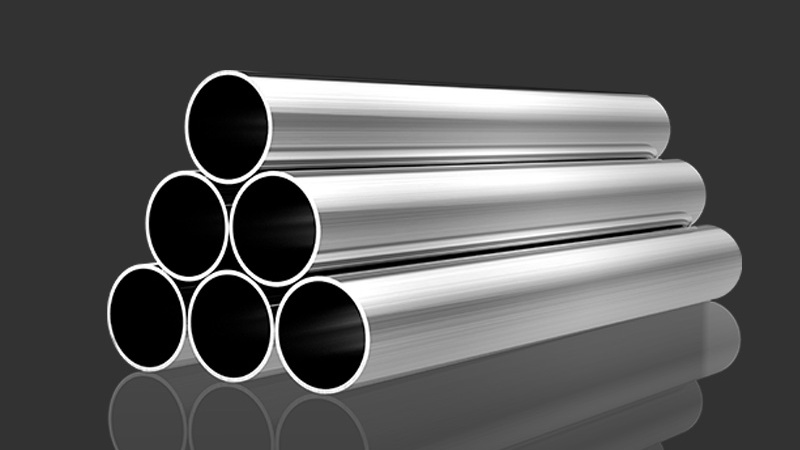
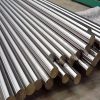
Suppliers and Pricing Details of Special Steel 316/316L
Finding reliable suppliers and understanding pricing is crucial for procurement. Here’s an overview of some well-known suppliers and indicative pricing for Special Steel 316/316L:
| Supplier | Location | Price (per kg) | Comments |
|---|---|---|---|
| Outokumpu | Finland | $5.50 – $6.00 | Renowned for high-quality stainless steels |
| Acerinox | Spain | $5.40 – $5.90 | Offers a wide range of stainless steel products |
| Sandmeyer Steel Company | USA | $5.60 – $6.10 | Specializes in plate products |
| Nippon Steel Corporation | Japan | $5.70 – $6.20 | Leading global steel producer |
| Thyssenkrupp | Germany | $5.80 – $6.30 | Known for innovative solutions |
Prices can fluctuate based on market conditions, order quantity, and specific material grades. It’s always a good idea to request quotes and compare before making a purchase.
Advantages and Disadvantages of Special Steel 316/316L
Like any material, 316/316L has its strengths and weaknesses. Here’s a comparison to help you weigh the pros and cons:
| Aspect | Advantages | Disadvantages |
|---|---|---|
| Corrosion Resistance | Excellent resistance to corrosion in various environments | More expensive than 304 stainless steel |
| Strength and Durability | High tensile and yield strength, durable | Heavier compared to some other materials |
| Weldability | Good weldability, especially 316L due to lower carbon content | Potential for sensitization in high-temperature applications |
| Temperature Resistance | Maintains strength at high temperatures | May require special handling during fabrication |
| Aesthetic Appeal | Attractive finish, easy to maintain | Higher cost of maintenance in highly aggressive environments |
Understanding these factors can guide you in making an informed decision based on your specific needs.
FAQ
Curious about Special Steel 316/316L? Here are some frequently asked questions to help clear up any confusion.
| Question | Answer |
|---|---|
| What is the difference between 316 and 316L? | The primary difference is the carbon content. 316L has a lower carbon content (≤ 0.03%) compared to 316 (≤ 0.08%), which enhances its weldability and corrosion resistance. |
| Can 316L be used interchangeably with 316? | Yes, in many applications, 316L can be used as a substitute for 316 due to its enhanced properties, especially in welding environments. |
| What are the main advantages of using 316/316L stainless steel? | The main advantages include excellent corrosion resistance, high strength, good weldability, and the ability to maintain performance at high and low temperatures. |
| Is 316/316L suitable for marine environments? | Absolutely. The addition of molybdenum in 316/316L provides superior resistance to chloride corrosion, making it ideal for marine applications. |
| How does the cost of 316/316L compare to other stainless steels? | 316/316L is more expensive than 304 stainless steel due to its enhanced properties, but it offers better performance in demanding environments. |
Conclusion
Special Steel 316/316L stands as a testament to the advancements in material science, offering unmatched performance in a variety of challenging environments. Whether you’re designing medical equipment, constructing coastal buildings, or fabricating chemical processing systems, the unique properties of 316/316L can meet your needs with reliability and excellence.
In this guide, we’ve explored the chemical composition, mechanical properties, applications, heat treatment processes, suppliers, pricing, and more. With this knowledge, you’re well-equipped to make informed decisions and leverage the full potential of Special Steel 316/316L in your projects.
Remember, the right material can make all the difference. Choose wisely, and your creations will stand the test of time.

